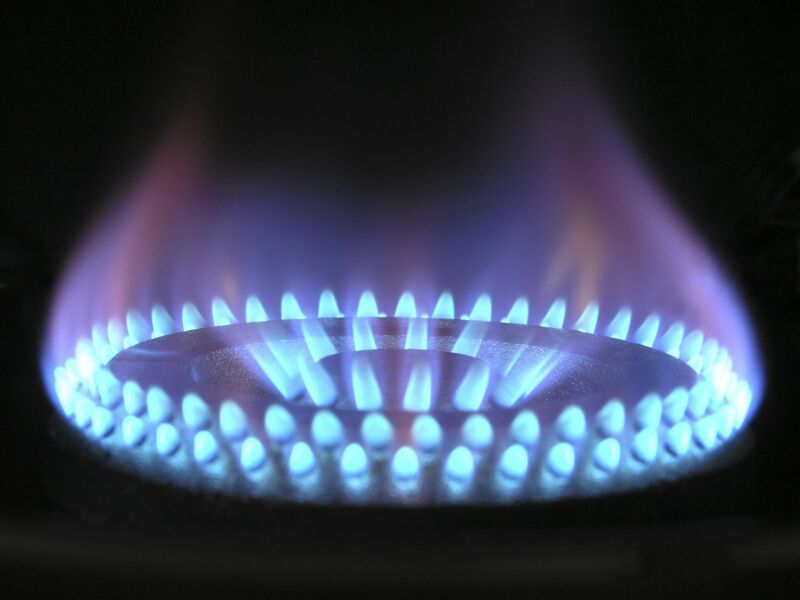
April Nymex natural gas (NGJ24) on Friday closed -0.013 (-0.72%).
Nat-gas prices on Friday posted moderate losses and fell to a 1-1/2 week low. Warm U.S. winter temperatures and ample nat-gas supplies are weighing on nat-gas prices. Maxar Technologies said on Friday that weather forecasts have shifted warmer for much of the western and midwestern parts of the U.S. from March 18 to 22. Current U.S. nat-gas stockpiles are abundant, with supplies +30.9% above the five-year average.
Short-covering on Tuesday pushed nat-gas prices to a 1-month high on carryover support from Monday when EQT Corp, the largest U.S. nat-gas producer, said it would cut about 30 to 40 billion cubic feet of net production through March in response to low prices.
Nat-gas prices have collapsed this year and plunged to a 3-1/2 year nearest-futures low (H24) last week as an unusually mild winter curbed heating consumption for nat-gas and pushed inventories well above average. The U.S. Climate Prediction Center said there is a greater than 55% chance the current El Nino weather pattern will remain strong in the Northern Hemisphere through March, keeping temperatures above average and weighing on nat-gas prices. AccuWeather said El Nino will limit snowfall across Canada this season in addition to causing above-normal temperatures across North America.
Nat-gas prices are also under pressure after the Freeport LNG nat-gas export terminal in Texas said last Friday that one of its three production units will remain shut down until at least the middle of March after extreme cold in Texas damaged equipment. The unit's closure will limit U.S. nat-gas exports and increase U.S. nat-gas inventories.
Lower-48 state dry gas production Friday was 99.8 bcf/day (unchanged y/y), according to BNEF. Lower-48 state gas demand Friday was 79.6 bcf/day (-13% y/y), according to BNEF. LNG net flows to U.S. LNG export terminals Friday were 13.7 bcf/day (-3.3% w/w), according to BNEF.
An increase in U.S. electricity output is positive for nat-gas demand from utility providers. The Edison Electric Institute reported Wednesday that total U.S. electricity output in the week ended March 2 rose +0.4% y/y to 75,244 GWh (gigawatt hours), although cumulative U.S. electricity output in the 52-week period ending March 2 was unchanged y/y at 4,102,305 GWh.
Thursday's weekly EIA report was neutral to slightly bearish for nat-gas prices as nat-gas inventories for the week ended March 1 fell -40 bcf, right on expectations, but a much smaller draw than the five-year average for this time of year of -93 bcf. As of March 1, nat-gas inventories were up +15.0% y/y and were +30.9% above their 5-year seasonal average, signaling ample nat-gas supplies. In Europe, gas storage was 62% full as of March 4, above the 5-year seasonal average of 45% full for this time of year.
Baker Hughes reported Friday that the number of active U.S. nat-gas drilling rigs in the week ending March 8 fell by -4 rigs to 115 rigs, just above the 2-year low of 113 rigs posted September 8. Active rigs have fallen back since climbing to a 4-1/2 year high of 166 rigs in Sep 2022 from the pandemic-era record low of 68 rigs posted in July 2020 (data since 1987).
On the date of publication, Rich Asplund did not have (either directly or indirectly) positions in any of the securities mentioned in this article. All information and data in this article is solely for informational purposes. For more information please view the Barchart Disclosure Policy here.






